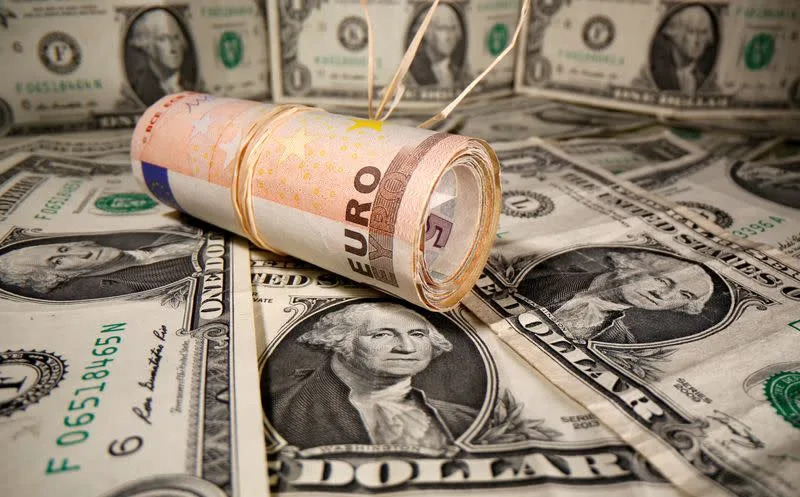The prospect of a further cut in Russian gas supply pushed the euro lower on Tuesday, as the dollar’s gains were tempered by growing uncertainty over the path of tightening the monetary policy of the US Fed after the expected rise in interest rates this week.
* European Union countries were preparing to approve an emergency proposal to curb gas demand, the outlook for which pushed down the single currency and German bond yields and weighed on German stocks.
* “It is becoming a more widely held view that the price to pay for supporting Ukraine against Russia will be gas rationing,” said Rabobank senior strategist Lyn Graham-Taylor.
* “This all adds to the story of recession and inflation.”
* Russia said on Monday it would reduce the flow of gas to Germany through the Nord Stream 1 pipeline to 33 million cubic meters per day (bpd) from Wednesday. That’s half the current flow, which is already only 40% of normal capacity.
* By 1045 GMT, the euro was down 0.7% at $1.0142 and against the pound sterling it was down 0.3% at 84.6 pence. It was also down 0.8% against the Swiss franc, falling to a new seven-year low of around 0.977 francs.
* The euro remains above parity against the dollar, reached earlier this month. However, ING Bank strategist Francesco Pesole warned that traders could start to price in expectations of a rate hike from the European Central Bank.
* Money markets now see an ECB rate hike of 39 basis points in September, up from 50 basis points last week and around 100 basis points by the end of the year, which Pesole says is too aggressive.
“The Russian gas story is a black swan risk, a constant threat,” he said.
The latest supply reduction “will at least maintain that uncertainty,” they added.
* The dollar, meanwhile, was up 0.6% at 107.08, a four-day high against a basket of currencies, though still more than 2% off 20-year highs of 109, 29 reached less than two weeks ago.
* The US Federal Reserve opens a meeting two days later and will almost certainly raise interest rates by 75 basis points. However, traders are assessing whether softer growth could signal a slower pace of rate hikes.
Elsewhere, commodity prices allowed the Australian dollar to hit a one-month high of $0.6984, before dollar strength pushed it back to $0.6943.

